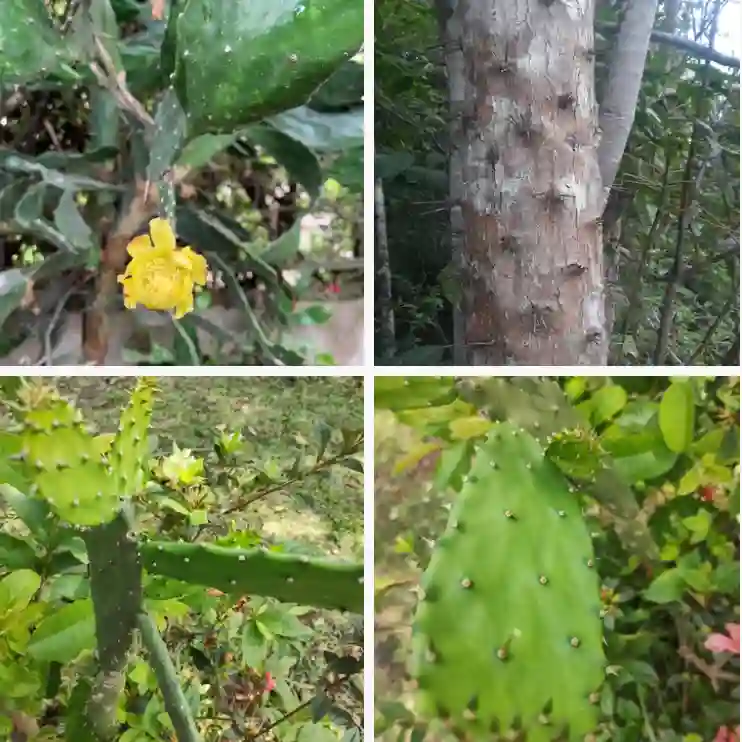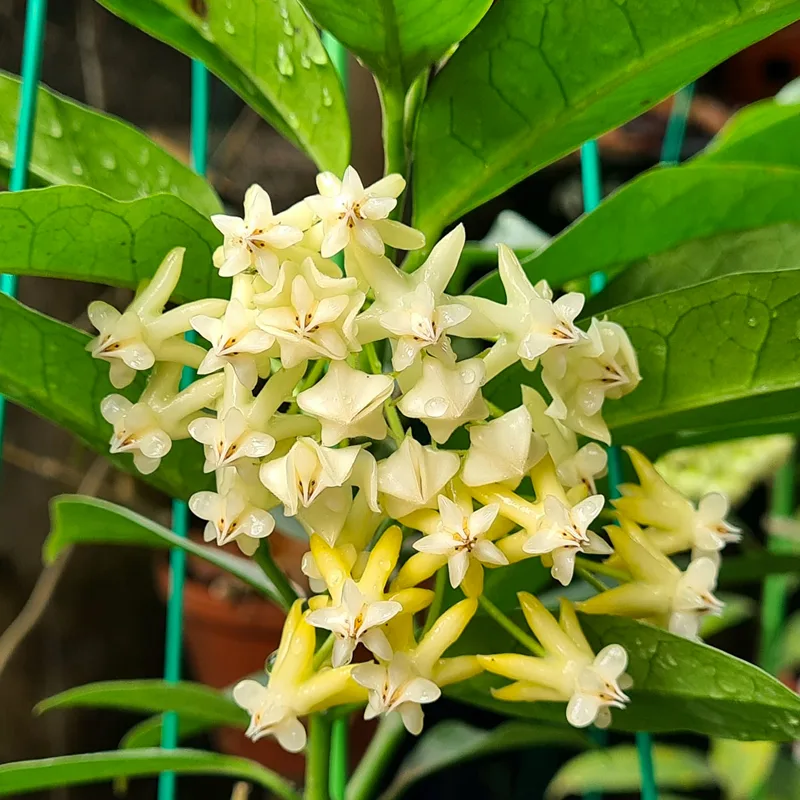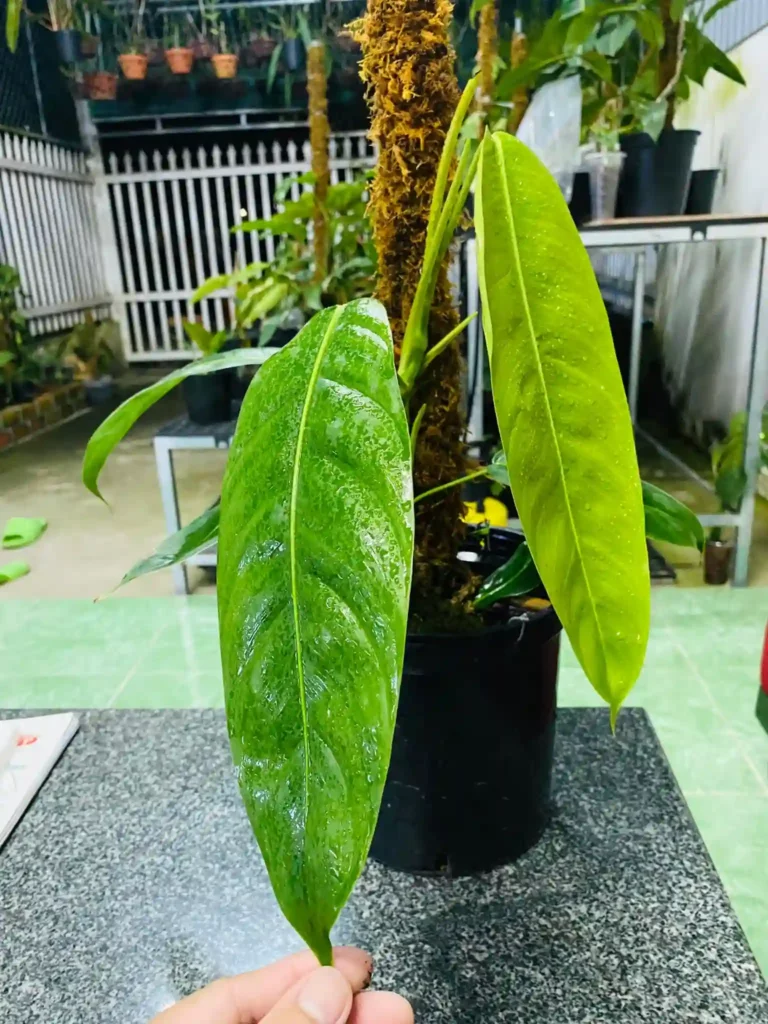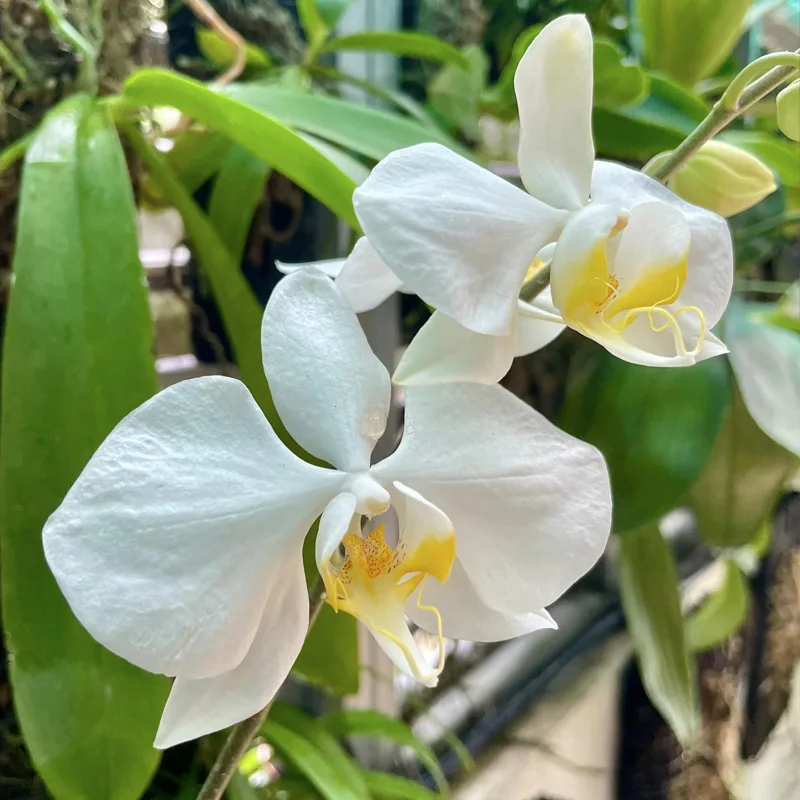Amur Adonis: A Dazzling Spring Ephemeral
Hi, Ferb Vu here! As a plant enthusiast, I frequently come across gardeners captivated by the Amur Adonis. This little gem boasts a burst of sunshine in the early spring, offering a welcome splash of color after a long winter. But the Amur Adonis is more than just a pretty face. Let’s delve into some of the most common questions about this fascinating flower.
What is the Amur Adonis?
The Amur Adonis (Adonis amurensis) is a herbaceous perennial belonging to the Ranunculaceae (buttercup) family. Native to East Asia, it thrives in mountainous regions of China, Japan, Korea, and the Russian Far East. This low-growing beauty reaches a mature height of around 8 inches and is prized for its stunning, golden-yellow flowers that resemble a bright pheasant’s eye.
When Does the Amur Adonis Bloom?
Unlike many perennials that grace our gardens throughout summer, the Amur Adonis is an early riser. It’s one of the first plants to erupt in bloom, often as early as February or March, depending on your climate. These cheerful blossoms add a much-needed touch of vibrancy to the winter-weary landscape.
How Do I Care for Amur Adonis?
The good news is that the Amur Adonis is a relatively low-maintenance plant. Here’s what you need to know:
- Light: Amur Adonis prefers partial sun to light shade. Avoid placing it in harsh afternoon sun, especially in warmer climates.
- Soil: Well-drained, fertile soil is key. Amur Adonis won’t tolerate soggy conditions.
- Watering: Water regularly during the growing season, especially during periods of drought. Allow the soil to dry slightly between waterings.
- Dormancy: After flowering, the Amur Adonis goes dormant in summer. Reduce watering and don’t be alarmed if the foliage disappears. It will return in late winter or early spring.
- Feeding: A light feeding of compost in early spring can provide a welcome boost.
Is Amur Adonis Difficult to Grow?
The Amur Adonis is generally considered easy to grow. However, its ephemeral nature can be a challenge for some gardeners. Remember, this plant shines in early spring and then retreats underground for the rest of the year. So, the challenge lies in finding companion plants that will fill the gap left by the Amur Adonis disappearance.
Can I Grow Amur Adonis from Seed?
Yes, you can propagate Amur Adonis from seed. However, it’s a slow process. Seeds require a period of cold stratification (exposure to cold temperatures) to germinate successfully. This can be achieved by sowing seeds in pots in fall and leaving them outdoors over winter. Seedlings may take up to two years to mature and flower.
What is the Difference Between Amur Adonis and Winter Aconite?
Both Amur Adonis and Winter Aconite (Eranthis hyemalis) are early-blooming perennials with buttercup-like flowers. However, there are some key differences:
- Flower Color: Amur Adonis boasts bright yellow flowers, while Winter Aconite blooms range from yellow to golden orange.
- Bloom Time: Amur Adonis flowers slightly later than Winter Aconite, typically emerging in March. Winter Aconite can bloom as early as February.
- Leaf Form: Amur Adonis has ferny foliage, while Winter Aconite has divided, lobed leaves.
- Height: Amur Adonis reaches around 8 inches in height, while Winter Aconite is even shorter, typically growing to 4-6 inches.
Where Can I Buy Amur Adonis?
Amur Adonis might not be readily available at all nurseries. However, you can try specialty plant sellers or online retailers that focus on perennials.
Amur Adonis: A Touch of Spring Magic
The Amur Adonis is a captivating plant that adds a touch of magic to the early spring garden. With its cheerful yellow blooms and easy-going nature, it’s a wonderful choice for gardeners seeking a burst of color after winter’s slumber. So, if you’re looking for a unique and rewarding perennial, consider adding the Amur Adonis to your collection.
If i die, water my plants!



